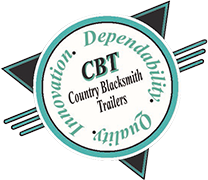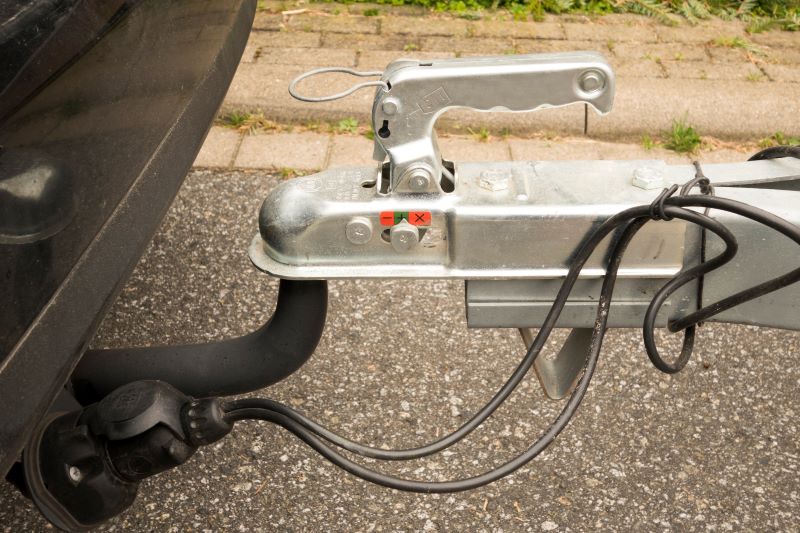
How To Section
A Complete Guide to Truck Trailer Wiring: Installation, Maintenance, and Repairs Truck trailer wiring is an essential part of ensuring your trailer’s safety and functionality on the road. It allows the lights, brakes, and other electrical components of your...
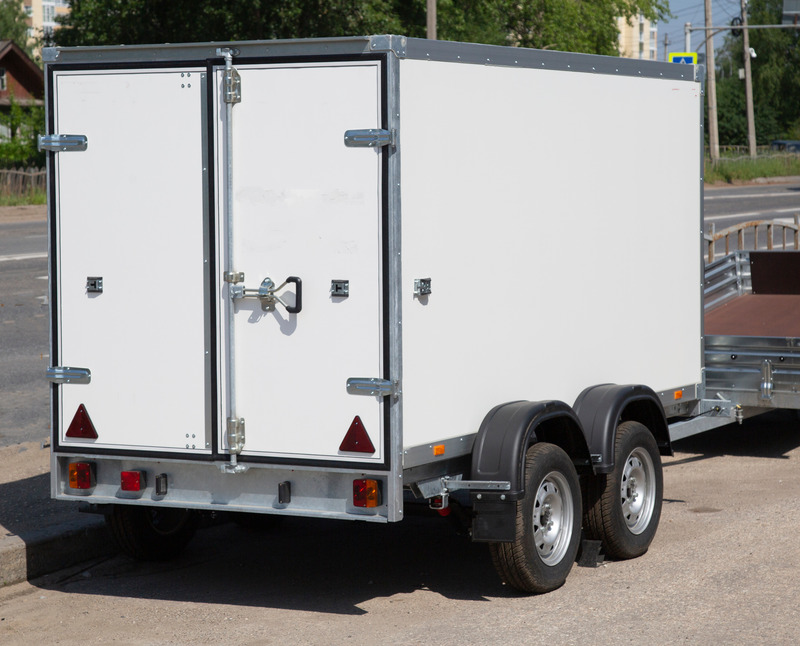
How To Section
How to Pick the Perfect Trailer Choosing the right trailer can be an overwhelming task, especially with so many options available. Whether you have to haul equipment for your business, plan family adventures, or need reliable transport for a vehicle, finding the...
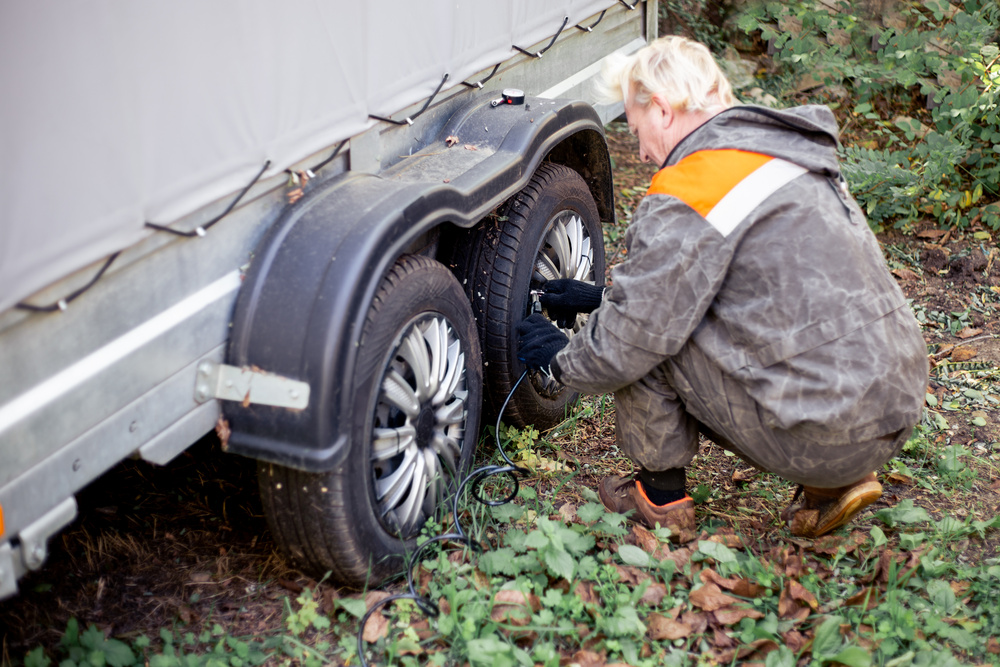
How To Section
Both business owners and recreational trailer owners should complete an annual home trailer inspection to ensure their trailer is up to snuff. Just like trucks and other tools, trailers face wear and tear over time that may cause trailer safety and reliability issues....
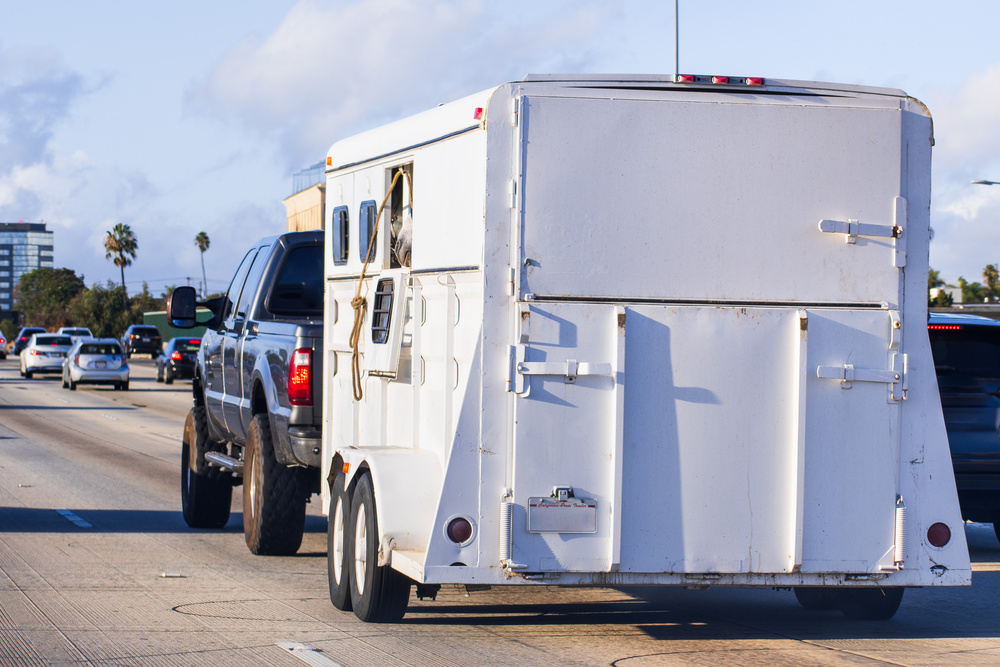
How To Section
Pickup trucks and SUVs are made to be more like workhorses than cars or vans. So, with this power, is a towing package necessary to tow trailer? Though you may have big tires and a hitch, it doesn’t mean you’re ready to drag five tons of boulders behind you. If you...
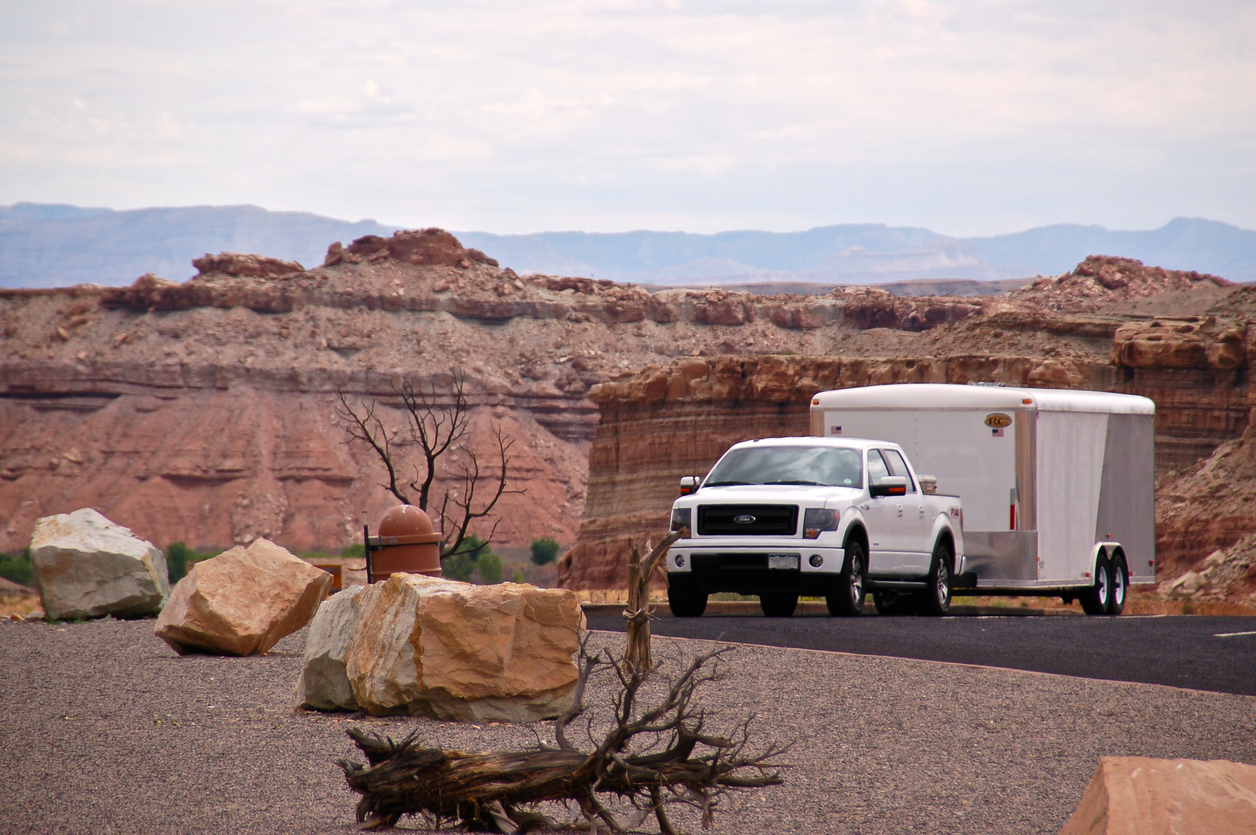
How To Section
You finally just purchased, rented, or borrowed a trailer or RV that you are planning to pull with your vehicle. You’re hitched up and ready to go, however, you realize that backing up is not as straight forward as, well, moving forward. To back a trailer into a...
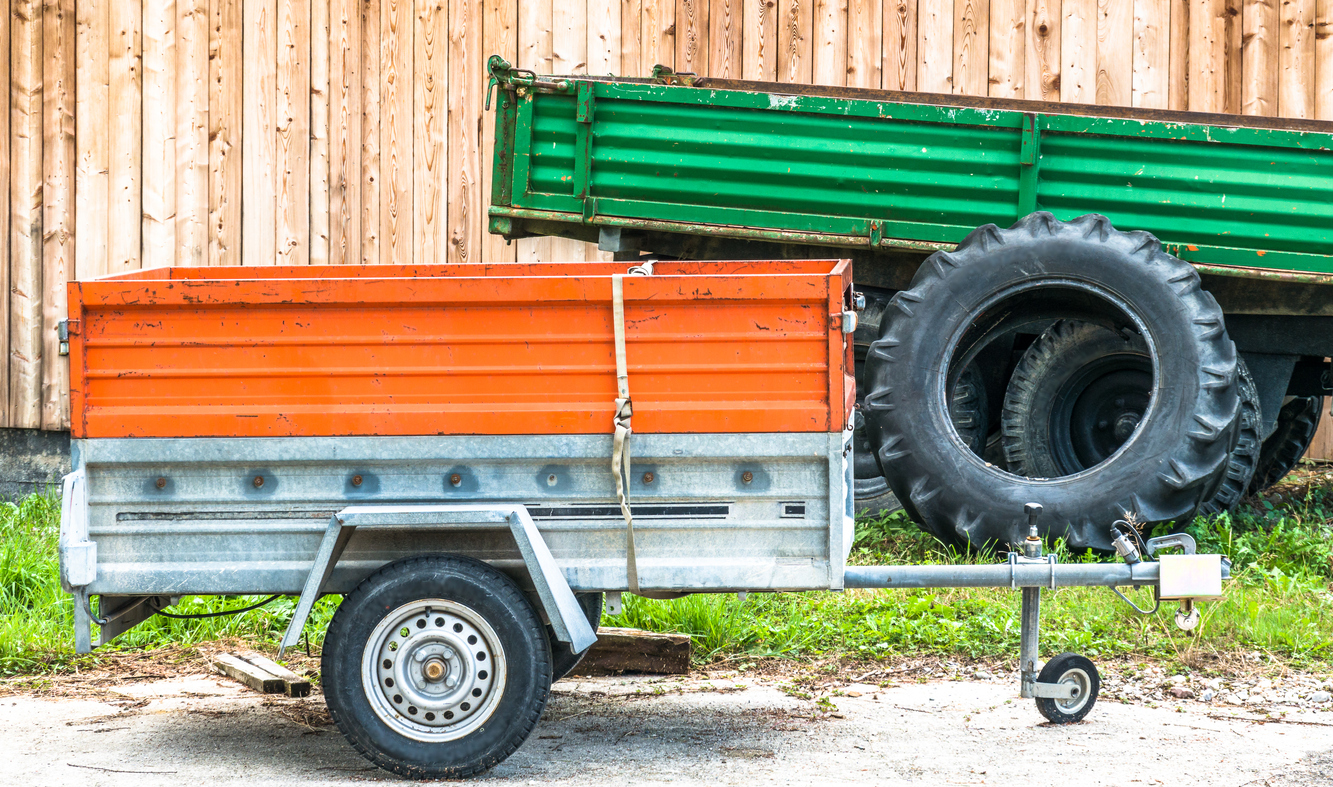
How To Section
When researching tires, there are three essential questions: What tires should I buy? How do I make my tires last? And when should I replace them? Whether you are a first-time buyer of trailer tires or have experience, it’s good to be reminded of the basics. HOW DO I...







